- Fifty-two Black scientists reflect on the meaning of Juneteenth as a U.S. holiday and the remaining structural issues that support racism and discrimination in the sciences. Cell
- Autistic children display less neural sensitivity to expressive faces than non-autistic children do, as measured by frequency-tagging electroencephalograms; oxytocin treatment does not alter their responses. Journal of Child Psychology and Psychiatry
- The typical expansion of neural progenitor cells doesn’t occur in brain organoids containing MECP2 mutations, a model of Rett syndrome. Annals of Clinical and Translational Neurology
- After participating in a social-skills training program, parents of autistic children report feeling supported and understanding their children better. Autism
- The journal Nature has prohibited the use of images generated by artificial-intelligence technologies (unless the article is about AI specifically). Nature
- Alysson Muotri and his colleagues model aging in brain organoids by sending them into space to develop in very low gravity. Spectrum has previously covered Muotri’s work. The Scientist
- Mice prenatally exposed to valproic acid, which are often used as an autism model, display behavioral changes and lower levels of two synaptic proteins, NLGN1 and PSD-95. Brain Research
- Zebrafish have advantages over rodents as a model for studying gut-brain interactions in autism, according to a review article. Brain, Behavior, and Immunity
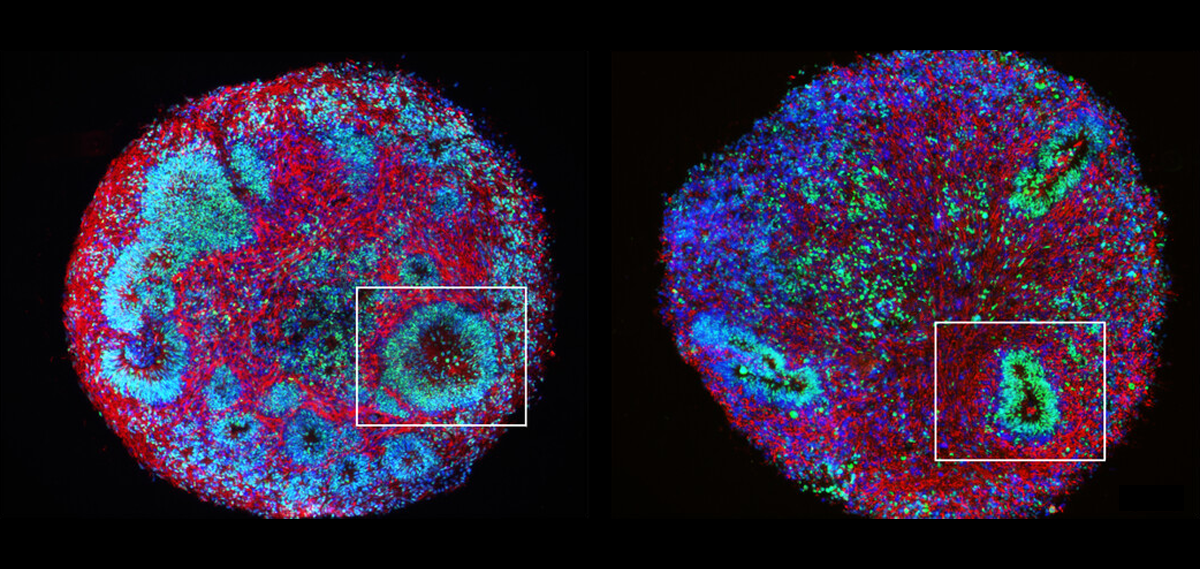 Less rosy: Brain organoids with MeCP2 mutations (right) do not form neural rosettes as observed in wild-type organoids (left).
Less rosy: Brain organoids with MeCP2 mutations (right) do not form neural rosettes as observed in wild-type organoids (left). - Disentangling stigma from illness — nobody is bad or lesser because they have a disease or condition — may foster increased acceptance of people with autism or attention-deficit/hyperactivity disorder and get them the support they need, writes psychiatrist Daniel Morehead. Psychiatric Times
- The prevalence of co-occurring attention-deficit/hyperactivity disorder and autism (without intellectual disability) varies widely across studies, from 2.6 to 95.5 percent. Journal of Attention Disorders
- Three brothers with a deletion in the chromosomal region 16p11.2, inherited from their mother, have dissimilar autism traits and body weights. Journal of Medical Genetics
- Combining genomics and transcriptomics, researchers have linked the SOX7 gene, which codes for a transcription factor, to autism, according to a preprint. bioRxiv
Spotted around the web: Juneteenth; AI images; brain organoids in space
Here is a roundup of news and research for the week of 19 June.
By
Jill Adams
23 June 2023 | 2 min read
tags:
Recommended reading
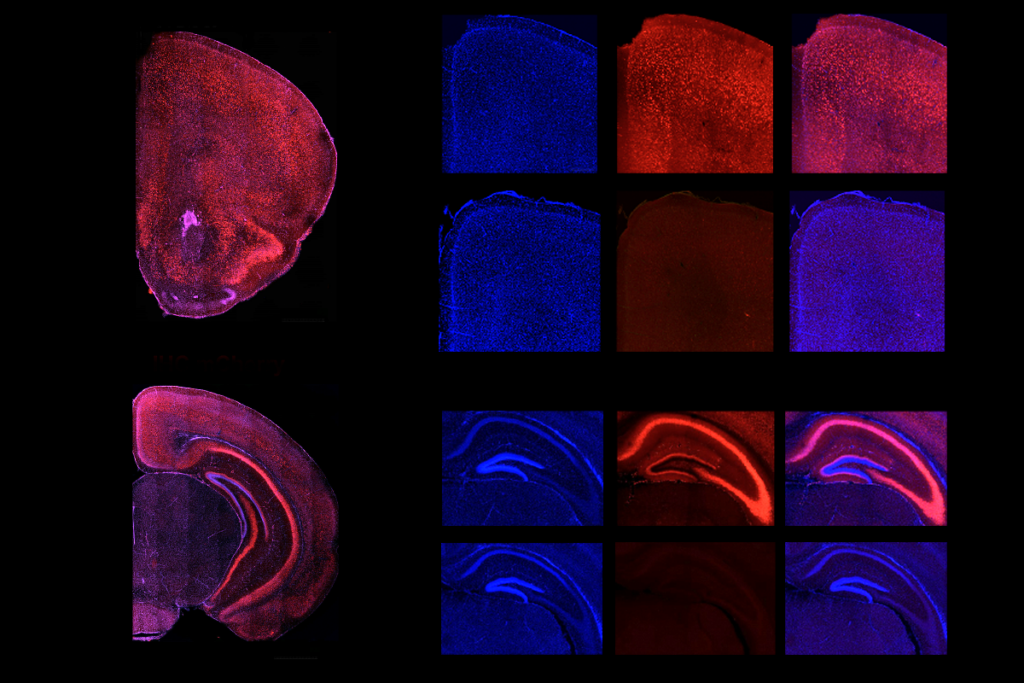
Ramping up cortical activity in early life sparks autism-like behaviors in mice
By
Sarah DeWeerdt
30 October 2025 | 6 min read

New method identifies two-hit genetic variation in autism; and more
By
Jill Adams
28 October 2025 | 2 min read
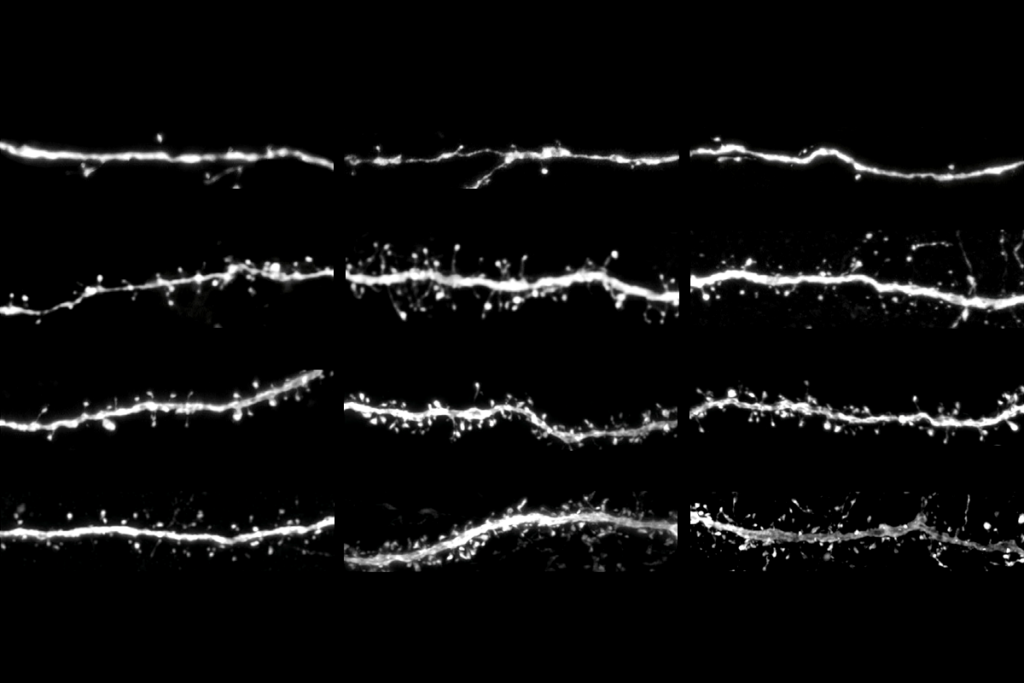
Protein tug-of-war controls pace of synaptic development, sets human brains apart
By
Holly Barker
23 October 2025 | 9 min listen
Explore more from The Transmitter
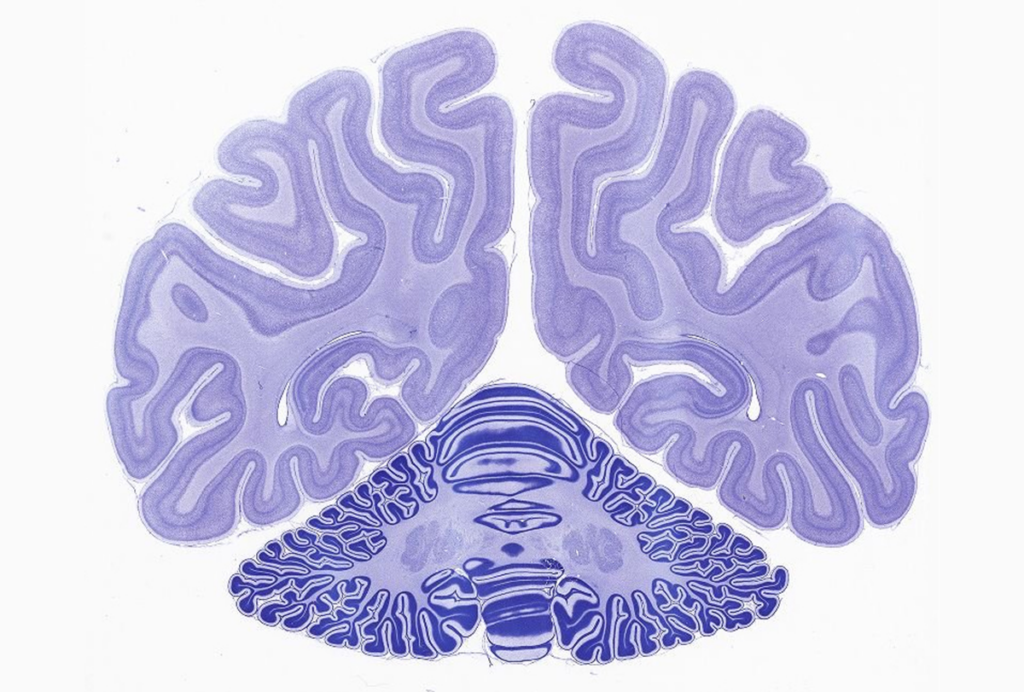
Nonhuman primate research to lose federal funding at major European facility
By
Lauren Schenkman
30 October 2025 | 4 min read

Image integrity issues create new headache for subarachnoid hemorrhage research
By
Lauren Schneider
30 October 2025 | 5 min read
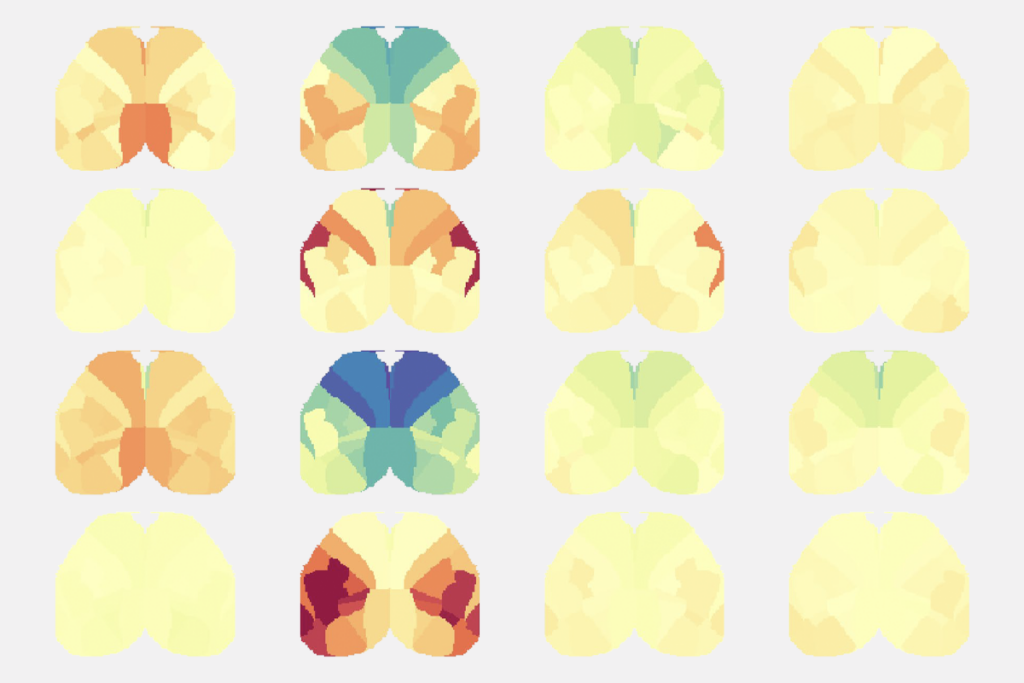
Psychedelics muddy fMRI results: Q&A with Adam Bauer and Jonah Padawer-Curry
By
Calli McMurray
29 October 2025 | 7 min read
Cite this article: